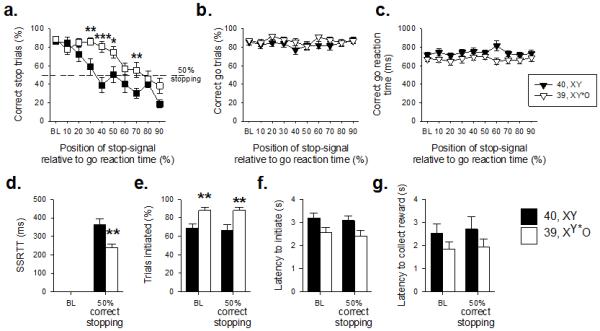Figure 3. Comparison of stop-signal reaction time task performance in 39,XY*O (n=16) and 40,XY (n=11) adult MF1 male mice.

Altering the stop-signal position led to a systematic decrease in the ability of all the mice to stop, although 39,XY*O mice were less affected by this manipulation than 40,XY mice (a). The effects of the genetic manipulation were highly specific, in that there were no between-group differences in the proportion of correct trials (b) or speed of correct responding (c). 39,XY*O mice were quicker to stop than 40,XY control mice, reflected by a decrease in their SSRT (d). 39,XY*O mice initiated more trials than 40,XY mice, both at baseline and at 50% correct stopping (e). There were no significant group differences in the latencies to initiate a trial (f) or to collect the reinforcer (g). ***, ** and * denote p<0.001, p<0.01 and p<0.05, respectively for significant pairwise differences between groups.
